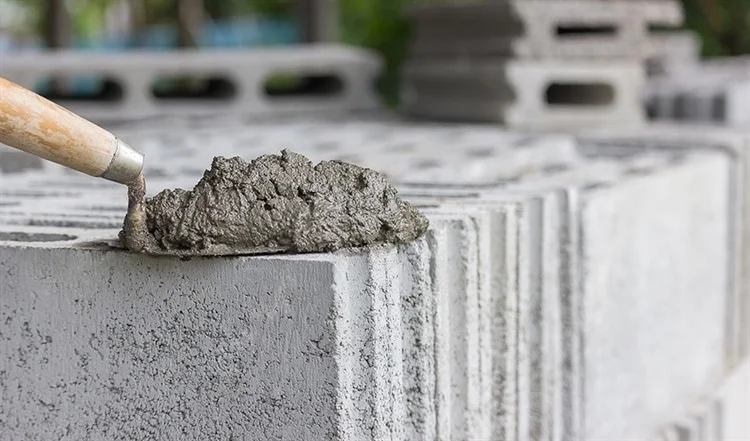Magnesium phosphate cement (MPC) is a rapid-setting, high-strength, early-strength inorganic cementitious material based on magnesium oxide (MgO) and phosphates as the main raw materials. It is widely used in rapid repair, special engineering, high-temperature resistance, and solid waste solidification. The reactivity of magnesium oxide, as its core reactive component, plays a decisive role in the key performance parameters of MPC, such as setting time, early strength, heat of reaction, and structural stability.

1. What is the reactivity of magnesium oxide?
The reactivity of magnesium oxide generally refers to the rate and extent of its reaction with other reactants (such as phosphates) in a hydration or acidic environment. It is affected by the following factors:
- Calcination temperature and time:
- Low-temperature calcination (<1000℃) → High reactivity, easy to react;
- High-temperature calcination (>1300℃) → Low reactivity, slow reaction;
- Grain size and specific surface area: The smaller the grain size and the larger the surface area, the faster the reaction;
- Impurity content: Impurities may affect the crystal structure and inhibit the reaction activity.
Reactivity can be characterized by methods such as citric acid solubility, differential scanning calorimetry/thermogravimetric analysis (DSC/STA), or standardized hydration rate tests.
2. Influence of magnesium oxide reactivity on MPC performance
- Setting time
- High-activity magnesium oxide:
- Fast reaction rate;
- Leads to a significant shortening of setting time (hardens within minutes);
- Suitable for emergency repair projects.
- Low-activity magnesium oxide:
- Slow reaction, extended setting time;
- Beneficial for long-term construction operations, but early strength development is delayed.
- High-activity magnesium oxide:
- Early strength development
- High-activity magnesium oxide facilitates the formation of a large amount of dense hydration products (such as struvite);
- Strength grows rapidly in the first 24 hours, suitable for rapid traffic opening/repair;
- If the activity is too high and the reaction is too fast, it may cause cracks and shrinkage problems.
- Heat of reaction release
- Active magnesium oxide reacts vigorously and has a high heat release rate, which may cause self-heating;
- In large-volume pouring, it is necessary to control the activity to avoid temperature difference cracks;
- Low-activity magnesium oxide releases heat slowly, suitable for low-heat application scenarios.
- Cement microstructure and durability
- The hydration products formed by high-activity magnesium oxide are denser with low porosity, which helps to improve impermeability and durability;
- Low-activity magnesium oxide may leave some unreacted particles, affecting the integrity of the microstructure.
3. Practical application recommendations
- Road emergency repair: Use high-activity magnesium oxide.
- Large-volume pouring/indoor construction: Appropriately reduce the activity of magnesium oxide or use retarders.
- Nuclear waste solidification or ecological materials: Require long-term stability, medium-activity magnesium oxide is recommended.
